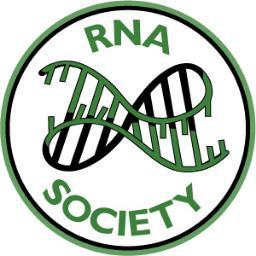Poster Presentation
gene expression, isoforms
Public Summary
The coordination of gene expression is critical for many biological processes and can lead to disease when disrupted. Transcription timing is directly related to gene size, yet the consequences of gene size variation during evolution remain largely unexplored. Using comparative genomics, we investigated the relationship between gene size, age, architecture and coexpression among diverse eukaryotes. We found that the largest animal genes are virtually all ancient, with ancestral orthologs dating before the radiation of vertebrates and invertebrates. We also found as these genes increased in size during evolution, they accrued exons and novel isoforms, despite having constrained coding sequences. This is evident in the set of large and ancient animal genes that are multi-isoform and enriched for expression in neurons. Gene size is thus an important factor shaping coexpression patterns and the emergence of isoform complexity during evolution.



